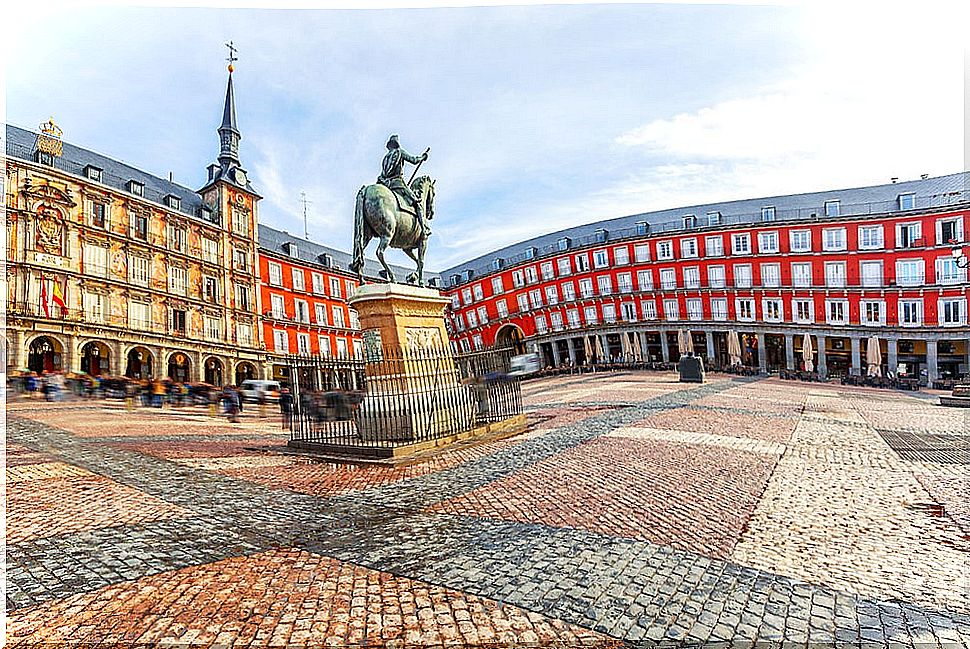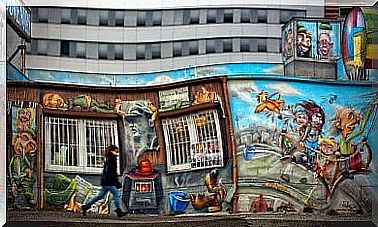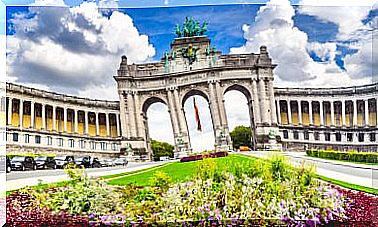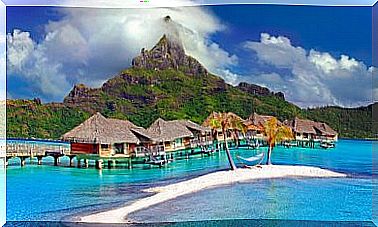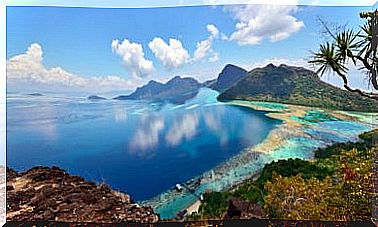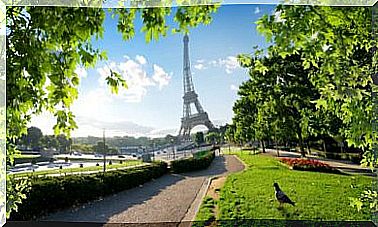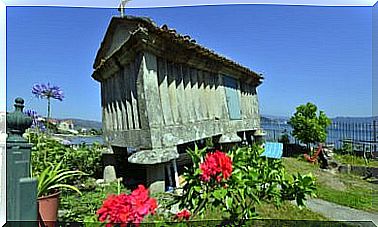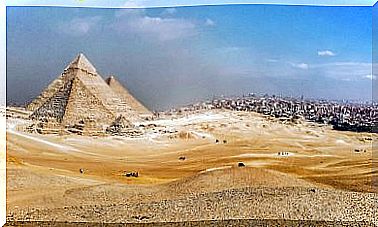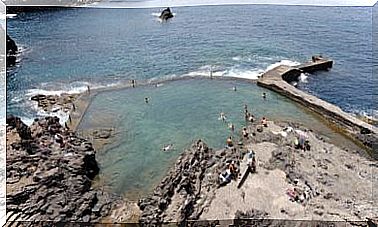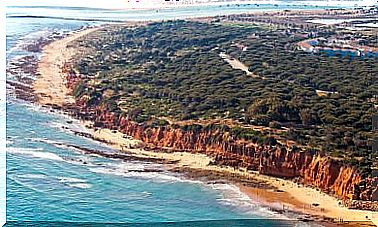Ebro River: Cities That It Crosses And That Must Be Visited
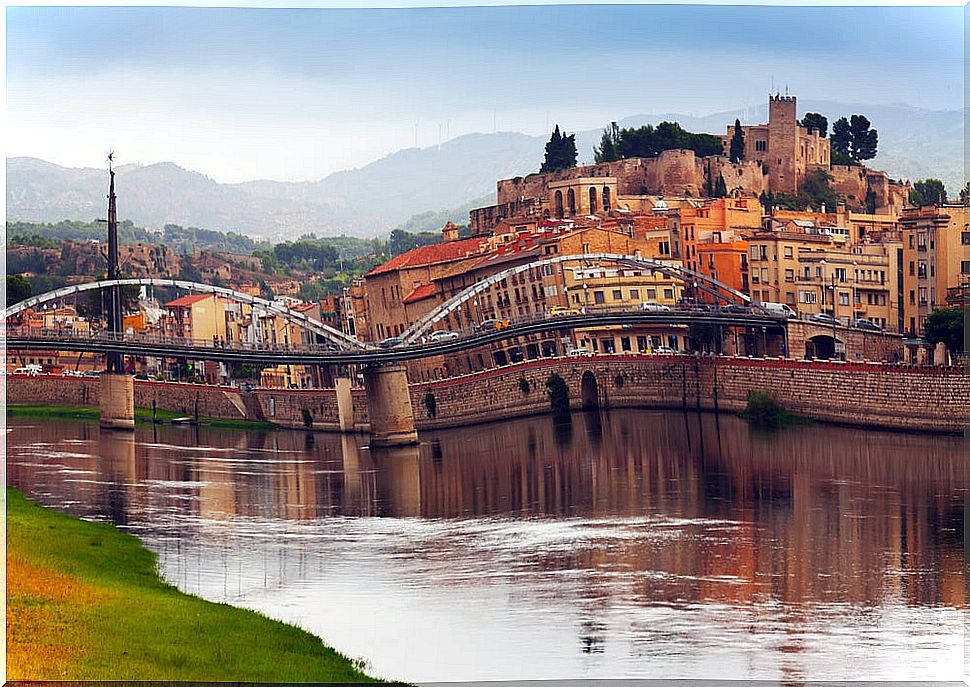
Of the rivers that originate and flow exclusively in Spanish lands, the Ebro is the longest and most abundant. With more than 900 kilometers in length, it crosses seven autonomous communities, bathes cities and irrigates fertile orchards. We are going to visit, precisely, some of those cities through which this river flows.
1. Reinosa, Cantabria
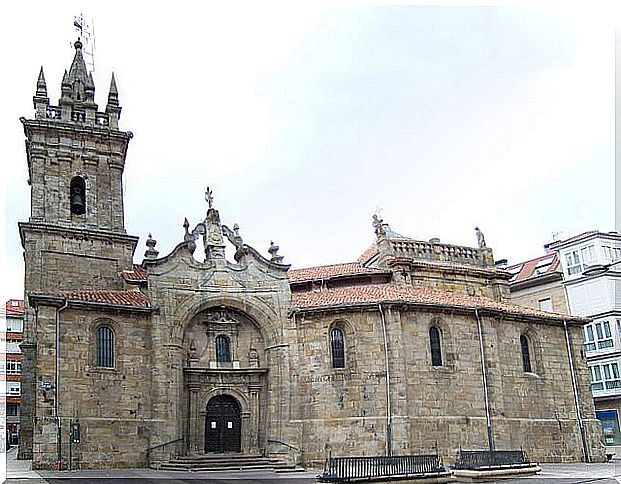
The Ebro is not the only river that passes through Reinosa, but its role in the development of the city was essential, since it grew on both sides of the bridge that crosses its waters. Gateway to Cantabria from Castilla, this city has a lot to see.
Not to be missed is the church of San Sebastián, one of the best examples of Baroque in Cantabria. Nor should you miss visiting the collegiate church of San Pedro Cervato or the house of the Marquis of Cilleruelo. And, of course, you have to walk along the river bank, a lovely walk.
2. Logroño, La Rioja
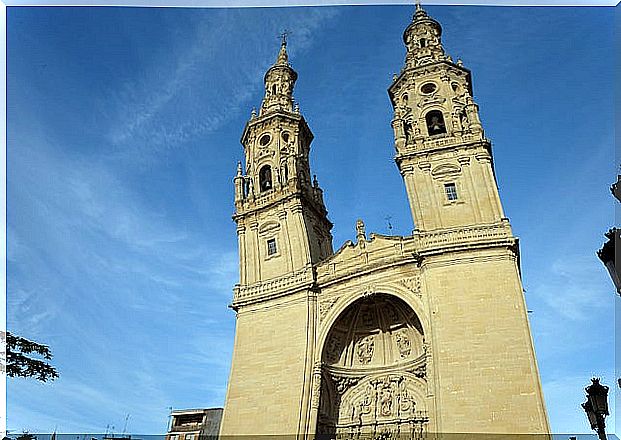
It is one of the two community capitals that the Ebro crosses. A small and quiet city that, however, has its attractions. Here you have to cross the bridges over the river, visit the Gothic church of San Bartolomé and the monumental co-cathedral of Santa María de la Redonda.
Logroño has more attractions, you must not stop walking through its historic center to see its medieval and Renaissance houses. And you have to walk the Paseo del Espolón. But, if you are looking for fun, nothing like Laurel Street, where you can taste excellent tapas well watered, as it cannot be otherwise, by the renowned wines of the region.
3. Tudela, Navarra
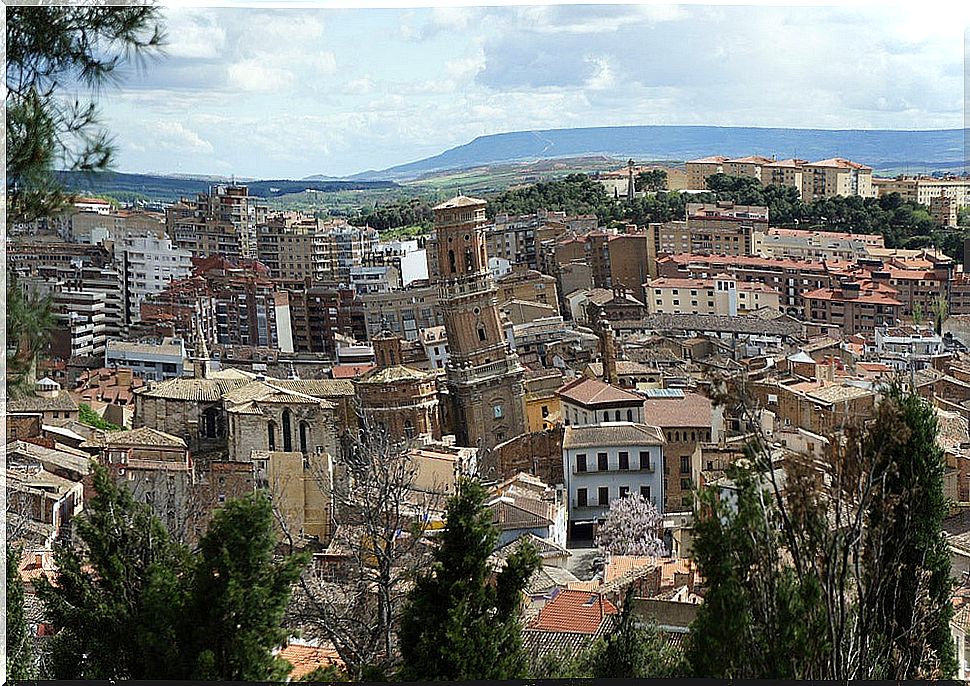
This city would not be what it is without the Ebro river, and one of the things it is famous for is the products of its fertile garden. Asparagus, artichokes, peppers and many other vegetables have made Tudela famous.
But beyond its products and its delicious cuisine, Tudela is a city that deserves a calm visit for its rich heritage. Do not miss the cathedral, the beautiful Decanal Palace, the Monreal tower or the Jewish quarter. All this speaks of the long and rich history of this beautiful city.
4. Zaragoza, Aragon. The capital of the Ebro
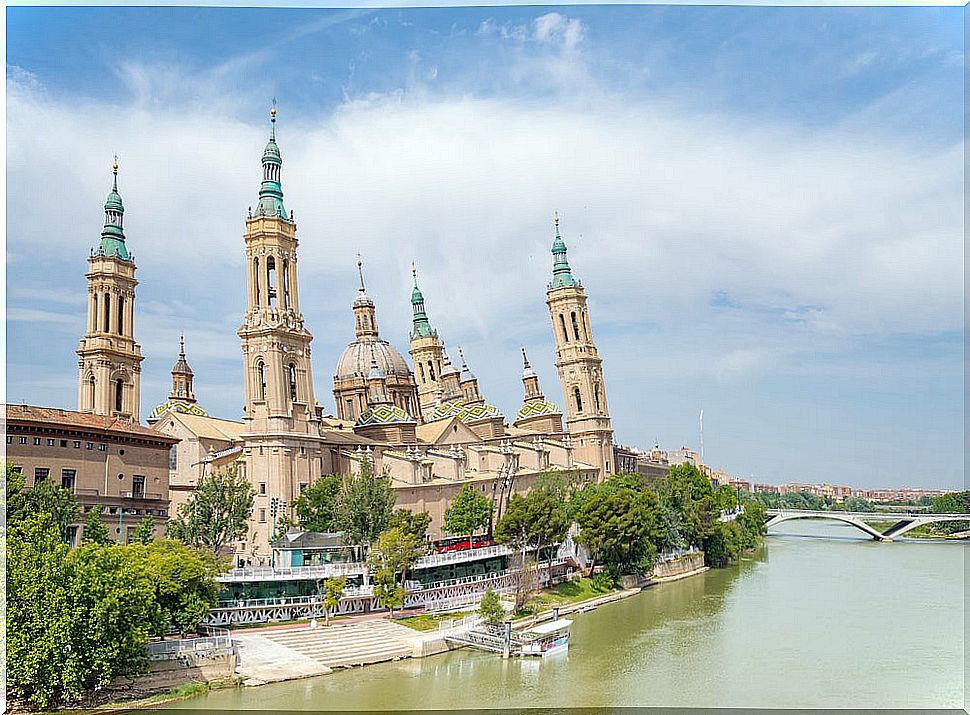
It is the largest city that crosses the Ebro and also the one that offers the most attractions. Nothing like walking along the river bank to contemplate the Basilica of Nuestra Señora del Pilar and the Torre de la Seo, one of the most characteristic and unmistakable images of Zaragoza.
But this city has much more to see. You can see the remains of the Roman Caesar Augusta; visit the beautiful palace of the Aljafería, of Arab origins; take a tour of incredible examples of Mudejar architecture, such as the Casa del Deán or the church of Santa María Magdalena; or admire beautiful Renaissance palaces.
5. Tortosa, Tarragona
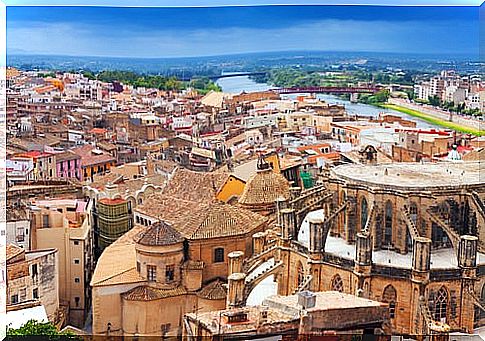
It is the capital of the Bajo Ebro region and is located just 40 kilometers from the Delta del Ebro Natural Park. Throughout its history it has passed through Roman, Visigothic, Arab and Christian hands that have left their mark on the town.
In addition to admiring the Ebro, close to its mouth, you must visit Tortosa to discover its attractions. Don’t miss the Castillo de la Suda, a Muslim fortress that offers incredible views. You should also visit the cathedral and the Episcopal Palace, the Royal Colleges and the Jewish quarter.
And from this city you must approach the Ebro delta. It is one of the largest wetlands in Europe, and therefore it is home to various animal species, some of which are protected. Dunes, beaches and rice fields form the landscape that characterizes this area. If you visit it at the time of harvesting the rice, you will enjoy a very unique show.
As you can see, following the course of the Ebro you can discover beautiful cities, with a rich past, precious monuments and, in some cases, with fabulous gastronomy. Willing to do the route?
